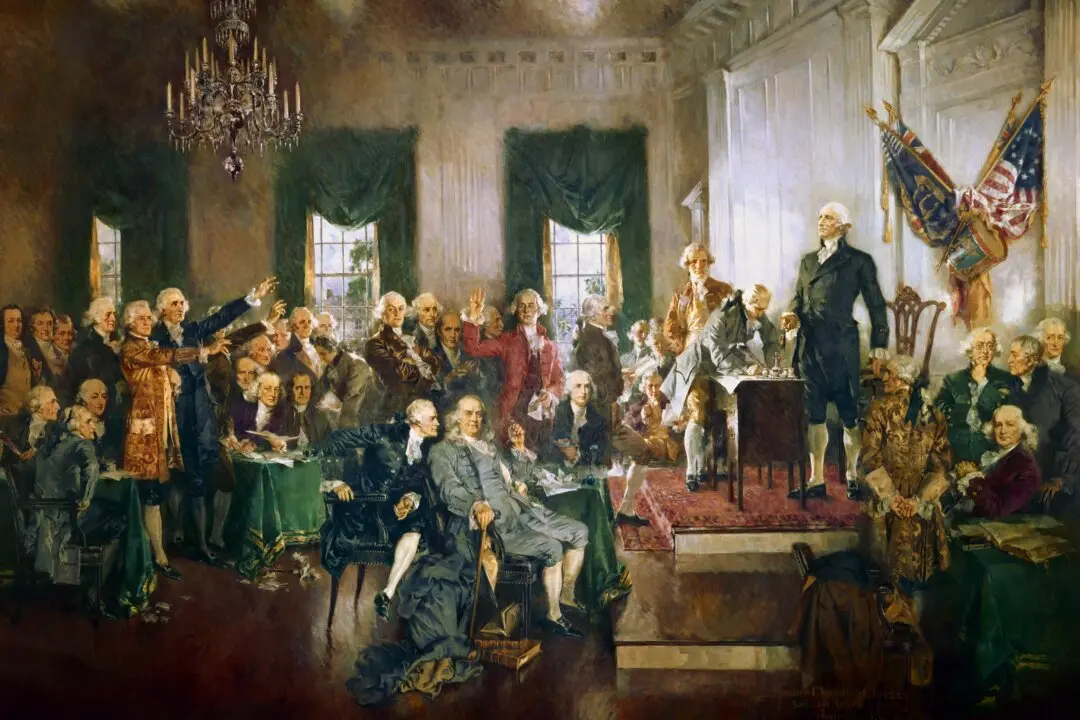UR | 2h 17min | Drama, Comedy | 1952
In “City Lights” (1931), Charlie Chaplin’s Tramp dotes on a blind flower girl. Circumstances separate them just as he secures money for an operation that restores her sight. Finally, they’re happily reunited as she recognizes her benefactor who, until then, was “invisible” to her.




